Five Pa. House races to watch
Approach Tuesday’s midterm elections with an eye on these key districts.
Democrat Conor Lamb gave a victory speech at in Canonsburg before he was declared the projected winner of the primary election in March 2018.
The 2016 presidential election came down to less than 1 percentage point in Pennsylvania — President Donald Trump won its 20 electoral votes by fewer than 100,000 votes. But the state’s congressional races looked much more lopsided, with two-thirds of the state’s 18 districts electing Republicans.
The Pennsylvania Supreme Court struck down Pennsylvania’s congressional map earlier this year for not being representative, and the replacement map has made Pennsylvania a key battleground state for Democrats hoping to gain a majority in the House in Tuesday’s midterm election.
With the new map, the fact that midterm elections tend to favor the party out of power and the high level of Democratic engagement he’s seen this election, Vice President of Pitt College Democrats Alex Giorgetti is optimistic about Democrats’ chances in the midterms.
“There’s districts that just look … less gerrymandered, however you want to interpret that,” Giorgetti, a junior history major, said of the new map. “A lot more districts now favor Democrats than have in the past.”
Conor Guiser, the public relations director of Pitt College Republicans, agreed that the new map made it unlikely Republicans would pick up seats in Pennsylvania.
“But I think we would all be happy with seeing new congresspeople across the country who share our values, or at the very least respect them in the sense that Republicans and Democrats can work together,” Guiser, a junior economics and political science major, said.
FiveThirtyEight’s elections forecast, which has become the gold standard of election prediction, says Democrats are likely to win nine out of 18 seats in Pennsylvania in November, and could come away with as many as 11.
Here are five notable races in the lineup.
1st District
Democratic candidate: Scott Wallace
Republican candidate: Brian Fitzpatrick (incumbent)
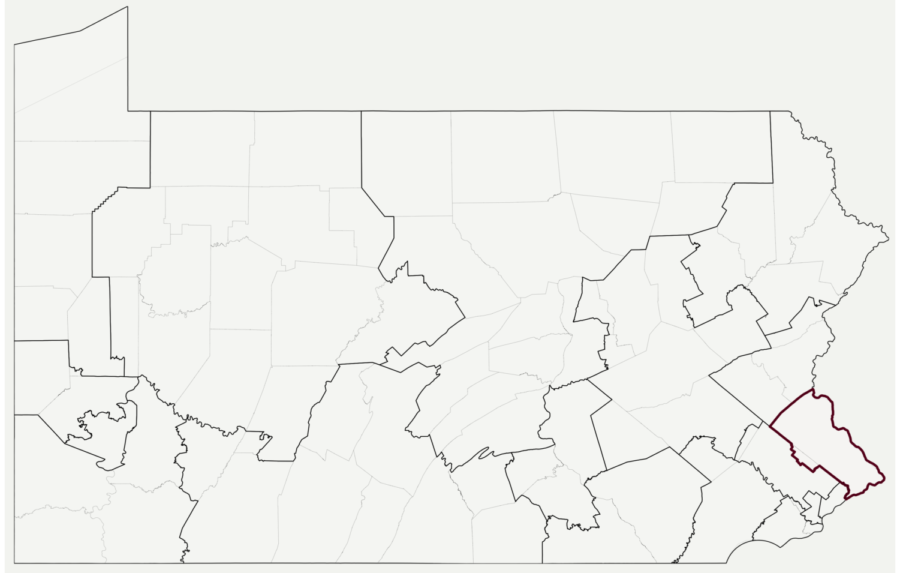 Brian Gentry | Online Visual Editor
Brian Gentry | Online Visual Editor
U.S. Rep. Brian Fitzpatrick, R-Pa., handily won Pennsylvania’s 8th District in 2016. Now he’s been relocated to the 1st, encompassing Bucks and Montgomery counties, where he’s facing Scott Wallace in the state’s closest House race.
Wallace, an independently wealthy philanthropist who has contributed $8 million to his own campaign, had a seven-point advantage in a mid-October New York Times poll, but a poll conducted by the same group two weeks later showed Rep. Fitzpatrick leading by one point. Polling error means that election day results are likely to fall somewhere in the middle — FiveThirtyEight’s election model predicts Rep. Fitzpatrick will defeat Wallace with about 51 percent of the vote.
Humna Rub, a first-year international studies major at Arcadia University who registered to vote in the 1st district when she turned 18, said she plans to vote for Wallace on Tuesday.
“In this political climate, I’m affected by the policies that are being proposed, so I want to do everything I can to make sure my voice is heard,” Rub said in an interview.
Voters in the new district voted for Hillary Clinton by two points in the 2016 presidential election, and for Barack Obama by one point in 2012, showing only a slight preference for Democratic candidates — one which might be offset by Rep. Fitzpatrick’s reputation for bipartisanship. The closeness of the race means that a very slight turnout surge on Nov. 6 could tip the outcome toward either candidate.
5th District
Democratic candidate: Mary Gay Scanlon
Republican candidate: Pearl Kim
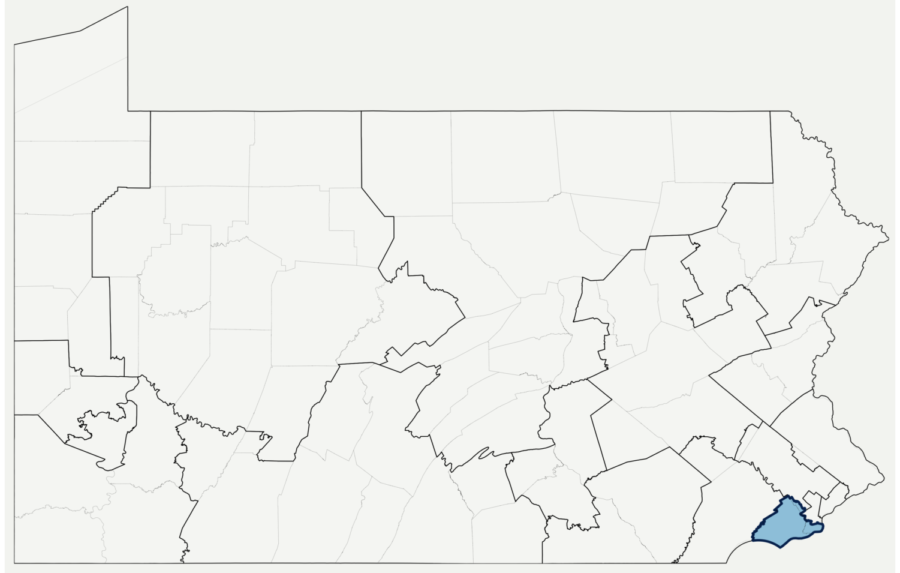 Brian Gentry | Online Visual Editor
Brian Gentry | Online Visual Editor
Mary Gay Scanlon is fairly certain to pull off a win in the new 5th District, which covers Chester, Delaware, Montgomery and Philadelphia counties and leans so heavily Democratic that no major pollsters have bothered to conduct a poll there this election season.
But the race is notable for a different reason — the 5th is the first House race in Pennsylvania history between two women. Scanlon beat out nine competitors in a crowded May primary to become the Democratic candidate, receiving 28.4 percent of the vote, while Pearl Kim ran uncontested.
Seven women have represented Pennsylvania in the House in the state’s history, according to Chatham University’s Pennsylvania Center for Women in Politics, but no more than two have served at the same time. Pennsylvania has never elected a female senator or governor.
This year, the state could break records by electing four women to the House, including one from the 5th. The winner will likely join Democrats Madeleine Dean, Chrissy Houlahan and Susan Wild, running in the heavily Democratic-leaning 4th, 6th and 7th Districts, respectively.
8th District
Democratic candidate: Matt Cartwright (incumbent)
Republican candidate: John Chrin
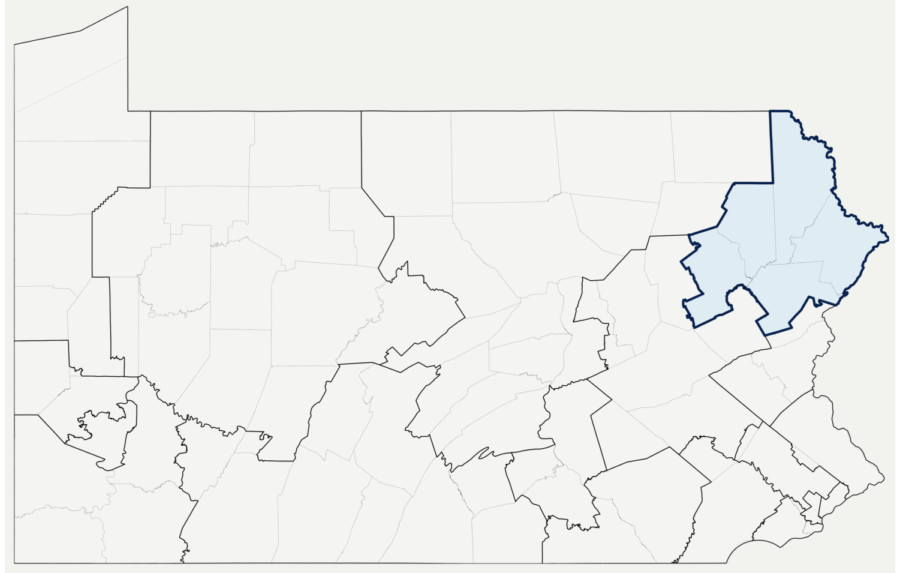 Brian Gentry | Online Visual Editor
Brian Gentry | Online Visual Editor
Every Pennsylvania district that voted for Clinton in 2016 elected a Democrat to the House. And every district that voted for Trump elected a Republican — except the then-17th district, which voted for Trump by 10 points but reelected popular incumbent U.S. Rep. Matt Cartwright, D-Pa. He’s favored to win again in his new district, the 8th, against businessman John Chrin. The 8th district encompasses Lackawanna, Luzerne, Monroe, Pike and Wayne counties in northeastern Pennsylvania.
Both Reps. Cartwright and Chrin seem to have made a play to turn out their respective bases rather than focusing on moderates, and higher-ups from both parties have come to the 8th in an attempt to give the candidates a boost. Key Republican figures including Vice President Mike Pence and Eric Trump visited the 8th in late October to stump for Chrin, while former-Vice President Joe Biden stopped by on Sunday night to campaign for Cartwright and U.S. Sen. Bob Casey, D-Pa, who is also running for reelection this year. Biden’s hometown of Scranton is in the 8th district.
10th District
Democratic candidate: George Scott
Republican candidate: Scott Perry (incumbent)
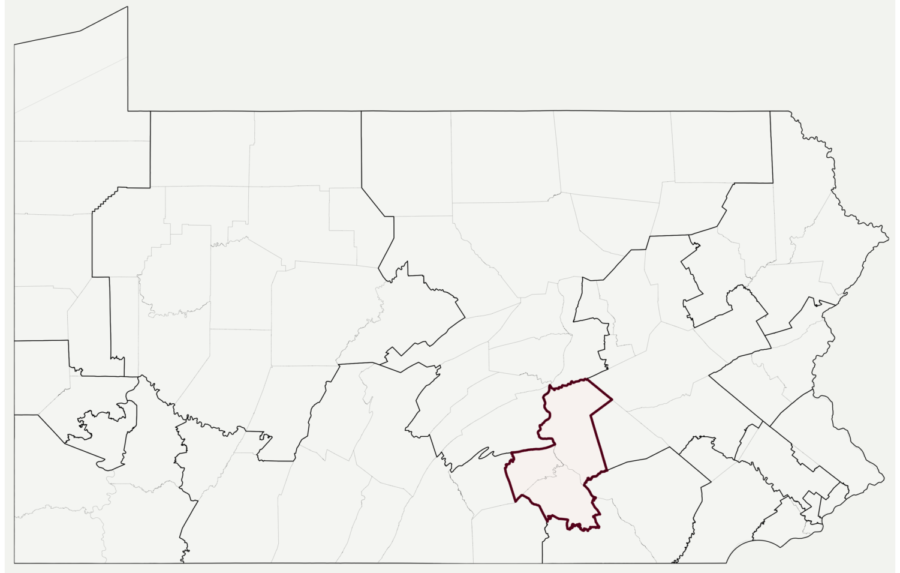 Brian Gentry | Online Visual Editor
Brian Gentry | Online Visual Editor
Since he first won a seat in Congress in 2012, U.S. Rep Scott Perry, R-Pa., has won every election by at least 60 percent of the vote. But although Rep. Perry’s chances of winning reelection once again on Tuesday are good, the race might be closer than the ones he’s used to. His old district, the 4th, which skirted around Harrisburg, voted for Trump by 21 points in 2016.
Now, Rep. Perry is running in the 10th District, which contains Harrisburg and the smaller Democratic-leaning pockets York and Carlisle. Voters in the new district voted for Trump by nine points, and the Democratic candidate, U.S. Army veteran and Lutheran pastor George Scott, has polled respectably against Rep. Perry. A late October poll from The New York Times showed Rep. Perry with a two-point lead — the second-closest race in the state.
17th District
Democratic candidate: Conor Lamb (incumbent)
Republican candidate: Keith Rothfus (incumbent)
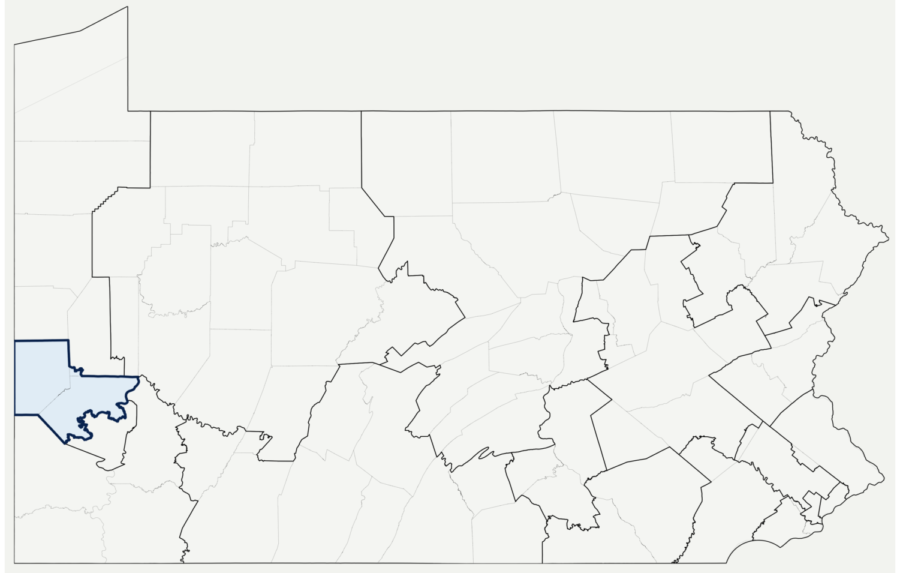 Brian Gentry | Online Visual Editor
Brian Gentry | Online Visual Editor
Pennsylvania’s new district map moved sitting U.S. Reps. Conor Lamb, D-Pa., and Keith Rothfus, R-Pa., into the 17th District — covering parts of Pittsburgh, as well as about half of Allegheny county, the entirety of Beaver county and a minor part of Butler County — producing the only House race in the country that pits two incumbents against one another. Currently, Rep. Lamb leads Rep. Rothus by double digits in the polls.
Rep. Rothfus has represented the 12th District since 2013, while Rep. Lamb narrowly won a special election in the historically red 18th District earlier this year. Rep. Lamb appealed to moderates in the special election — Speaker of the House Rep. Paul Ryan, R-Wis., called him a “pro-life, pro-gun, anti-[House Minority Leader Nancy] Pelosi conservative.”
“It’s a big party,” Giorgetti said. “I feel like he’s a good fit for the district he currently serves.”
Giorgetti and other members of Pitt Dems canvassed for Rep. Lamb in the special election, helping him pull off a win against Republican opponent Rick Saccone by fewer than 700 votes.
Reps. Lamb and Rothfus have both made a play for moderates in the 17th. In a recent debate, Rep. Lamb described himself as a “western Pennsylvania Democrat” and made it clear he doesn’t vote automatically with the Democratic agenda, and Rep. Rothfus distanced himself from Trump, who sits at a 58 percent disapproval rating in the district. Still, Trump endorsed Rep. Rothfus after the President’s trip to Pittsburgh last week in the wake of the Squirrel Hill shooting.
“Yesterday in Pittsburgh I was really impressed with Congressman Keith Rothfus (far more so than any other local political figure),” Trump tweeted on Oct. 31. “Vote for Keith!”
The strategy, or maybe just this year’s Democratic fervor, seems to be working better for Rep. Lamb. A Monmouth University poll conducted in early October announced Rep. Lamb was leading Rep. Rothfus by 12 points among likely voters in 2018.
“We’ve door-knocked alongside labor unions, alongside retired people,” Giorgetti said. “Right now it’s just a question of whether all of the Democratic uproar and reaction to the 2016 presidential election will translate to votes.”
Emily Wolfe is the digital manager at The Pitt News. An Ashburn, Virginia native, Emily plans to graduate in 2022 with majors in fiction writing, French...


